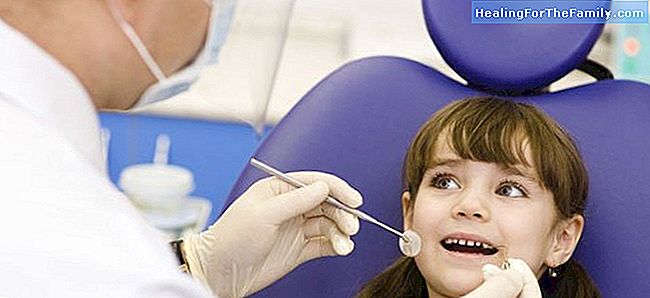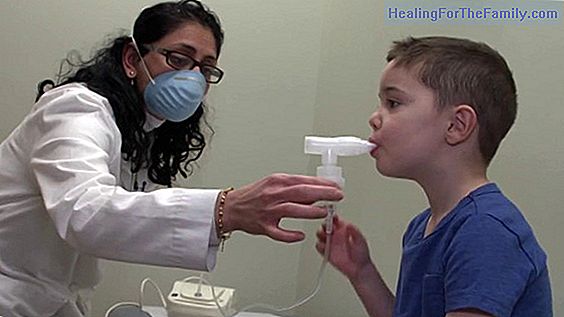Root canals in children's teeth
Definitive pieces differ from milk in several things. One of them is the dental structure itself. In milk, the pulp, that is to say, the tissue formed by the nerve and the blood vessels, occupies proportionally more space and this translates into that the caries arrives before affecting the pulp tha
Definitive pieces differ from milk in several things. One of them is the dental structure itself. In milk, the pulp, that is to say, the tissue formed by the nerve and the blood vessels, occupies proportionally more space and this translates into that the caries arrives before affecting the pulp than in the definitive ones.
The young permanent pieces also have a larger space for the pulp, and also the tip of their roots takes time to close, so that if a deep decay penetrates the pulp with little time the erupted piece, the pulp treatment is different than in the adult tooth.
At what time should endodontics be done in the milk teeth

In any case, the pulp is formed by living tissue and therefore with the ability to react. It is a property that pulp treatments will take advantage of, as long as there are traces of living tissue.
1. The protection of the pulp: When in a tooth or both milk tooth and definitive, a caries is very close to the pulp or has penetrated slightly but does not get to hurt it, and of course there are no symptoms, we usually put a 'insulation' product so that changes in temperature, above all, do not affect it. If the pulp is not touched, we will make an indirect pul pulpal protection , and if there is a small part of the pulp exposed but there is no symptomatology, we will perform adirect pulpal protection . La 2. Endodontics:If the affectation is greater, in milk pieces we perform a
pulpotomy ('cut the pulp'). This consists of eliminating the part of the pulp that is inside the dental crown, but without touching that of the roots. But if the decay has affected the root pulp, it is necessary to eliminate all the tissue completely, and that is a pulpectomy (remove the pulp). In these cases there have usually been clinical signs such as abscesses, fistulas, which are also checked by radiography. When we do the pulpectomy we have to use materials that, on the one hand, seal the root ducts, and do not allow the bacterial growth inside, and on the other that they are reabsorbed at the same speed as the root when it is 'pushed' by the final tooth or molar that comes behind. In young permanent teeth, which do not yet have the apex (the tip of the root) closed, if the pulp is affected either by caries or by trauma, it is necessary to promote the closure of that apex, by means of a apicoformation
In these cases a product is placed inside the tooth that is replaced periodically and it is checked that the apex is closed. Subsequently, the duct is sealed with a definitive material. Endodontics in definitive teethIn adult teeth with the apex closed, the usual treatment is pulpectomy, which in general we call
endodontics or 'root canal treatment'
. It consists, as in milk teeth, in completely removing the pulp of both the crown and the roots and the final sealing of the ducts with definitive material, usually by an insoluble and bactericidal cement and a derivative of a resin called gutta-percha . After these treatments, the reconstruction must be carried out with a composite or with a steel or acetate crown, depending on the extension and the affected piece. Finally, all pulp treatments should be periodically checked by radiographs to confirm the success of the procedure.












